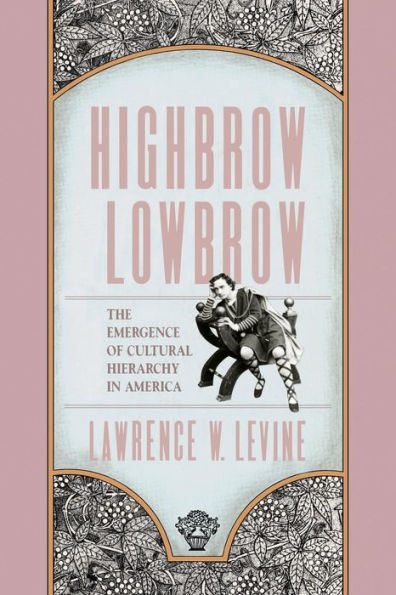5
1
9780674390775



Highbrow/Lowbrow: The Emergence of Cultural Hierarchy in America / Edition 1 available in Paperback, eBook

Highbrow/Lowbrow: The Emergence of Cultural Hierarchy in America / Edition 1
- ISBN-10:
- 0674390776
- ISBN-13:
- 9780674390775
- Pub. Date:
- 09/01/1990
- Publisher:
- Harvard University Press
- ISBN-10:
- 0674390776
- ISBN-13:
- 9780674390775
- Pub. Date:
- 09/01/1990
- Publisher:
- Harvard University Press

Highbrow/Lowbrow: The Emergence of Cultural Hierarchy in America / Edition 1
$39.0
39.0
In Stock

Product Details
| ISBN-13: | 9780674390775 |
|---|---|
| Publisher: | Harvard University Press |
| Publication date: | 09/01/1990 |
| Series: | The William E. Massey Sr. Lectures in American Studies , #3 |
| Edition description: | Reprint |
| Pages: | 320 |
| Sales rank: | 613,480 |
| Product dimensions: | 5.62(w) x 9.25(h) x 1.20(d) |
About the Author
From the B&N Reads Blog
